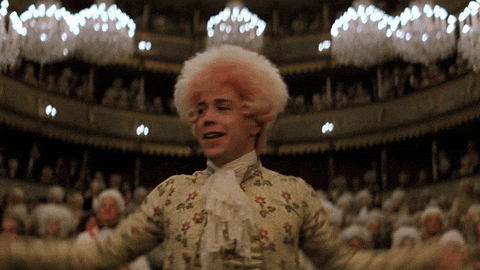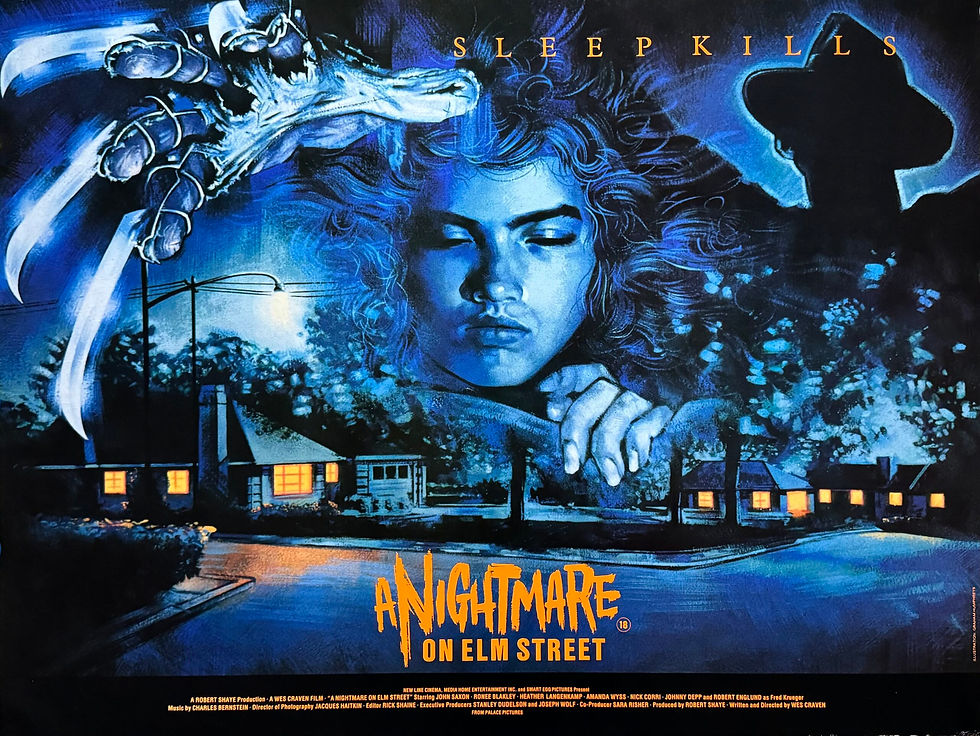Synergy: Movie Sights and Sounds by Andy Hoke
- Andy Hoke
- Oct 25
- 5 min read

Music has been around forever, and the world's first movie theater opened in Pittsburgh, PA in 1905 at The Nickelodeon. Later came the Warner Theater, a few blocks away. "Talkies," movies with audio, appeared in 1937, and we can safely say they’re here to stay.
I certainly cannot explain how music and film can make the audience move and change, but somehow, we all share the awe-inspiring feelings. It’s a truly fascinating subject. Here’s one musician's take (mine), with the hope that you can enjoy, not only the popular films listed below, but also the music in it.

JAWS - 1975
John Williams' main theme begins with a low and dissonant interval (a minor second). Beginning without tempo, the theme is mysterious on the double bass. It's ominous. The piece then finds a tempo, which is reinforced with string octaves and the piano. A French horn introduces a melody, and then additional brass instruments punctuate the tension along with percussion instruments.
The first few notes are so simple, yet they immediately make the audience unsettled. It's worth pointing out that stringed instruments generally sound dark, whereas wind instruments invoke our more vital and organic feelings, being based on air and on breathing. The Jaws theme starts as menacing as all get-out, but the introduction of strong low brass – the trumpets and the woodwind instruments – add to the magic, giving some sense of hope that we actually might be able to kill that no-good shark. I don't care what people think. You killed that guy's dog! Looking at it that way, you might say that Jaws has the same type of protagonist motivation as John Wick.

THE SHINING - 1980
Penderecki's music is showcased largely in Acts One and Two of the Shining, building the growing and ominous sense that not everyone is getting out alive. Bartok contributed to the most dramatic scenes in The Shining's Third Act. The part that sounds a bit like Psycho features persistent, rhythmic and crazed fortissimo with its poignant, atonal chord clusters. The Bartok piece, entitled "Music for Strings, Percussion and Celesta," specifically the Adagio movement. Adagio in music indicates "at ease" or "slowly."
The off-balance, disorienting sound design of the film perfectly complements the many confusing visual elements. Where did the Dopey sticker on Danny's door go? How can there be sunlight on Ullman's office? Do lots of hotels keep Louisville Sluggers lying around? In The Overlook Hotel, existential dread starts to become the thing that makes the most sense. Maybe it explains why the hotel lobby was apparently supplied with Playgirl magazine. But to avoid becoming subsumed like the lingering spirits at the Overlook, maybe we should retrace our steps, fire up the Snowcat and head back down the mountain.

SOUND AND FURY - 2019
This lesser-known ambitious project is a great example of how music and film augment each other. The music of Sturgill Simpson (no relation to Homer) is paired with the stylish anime of Takashi Okazaki for a truly unique viewing and listening experience. The other visuals in the film pale in comparison to Okazaki's contribution (in this man's opinion). My favorite track is probably the upbeat number "A Good Look." Amazingly, the music and the visual components in this movie feel like they’ve been cemented together.
Think of the sudden resurgence of older music used in Pulp Fiction, or in other movies. Suddenly, songs like "Girl You'll Be a Woman Soon" or "Misirlou" went from being virtually unknown to younger generations, to restored popularity. Good music becomes supercharged by good film, and vice-versa. In the case of Sound and Fury, I was introduced to the music with the film. I automatically recall the exciting and colorful visual components when I only hear the music. This seems consistent with the idea of 'imprinting,' a well know phenomena among many animals, among human beings, and perhaps even politicians.

A NIGHTMARE ON ELM STREET - 1984
A supernatural villain with finger-knives who can kill you in your dreams is terrifying enough. Pair that with scary lyrics sung to a nursery rhyme: "One, two, Freddie's coming for you. Three, four, better lock the door...." It makes my skin crawl. It introduces the insidious and dreadful to children’s music, which usually feels safe and innocent.
When you consider the ballet The Nutcracker, and the films Alice in Wonderland and The Wizard of Oz, the stories are different, but they all have things in common. The introduction of new people and things, a sense of jeopardy and a journey to another world. The memorable music which accompanied each of these works generally expresses common, yet unique senses of danger, and of hope and wonder, despair and of triumph. The nursery rhyme song in Nightmare is really what gets me. It sets a dark tone, which the film more or less maintains.

STAR WARS - 1977
It's not hard to convey the full impact of John Williams' music in Hollywood - it's impossible. The movie's main theme is uplifting and features a decidedly major melody played by brass instruments. All wind instruments emphasize breath and breathing. The snare drum enters, and drums are generally associated with marching music. You feature the trumpet with the drums, and you can kind of get the idea that we're going to fight a virtuous fight. The 'B' melody in the main theme is carried by the strings, and broadly speaking, convey a darker tone than wind instruments. (The entire soundtrack to "Psycho" included only string instruments)
Then you've got Luke's Theme, Vader's Imperial March and Leia's Theme. When Luke Skywalker stands before Tatooine's setting suns, we hear a lonely French horn introduce a minor melody, which gets taken over by the strings. The introduction of Darth Vader's theme, paired with the images of rows of stormtroopers in ships of war, shows you who the bad guys are. Of course Princess Leia has her own theme, and we hear it much of the time she is on screen, and the strings carry the melody which, to me, invokes feelings of beauty, struggle and hope. The music from the cantina is kind of upbeat and fun, and it was written to have a ragtime feel, invoking early 20th century vibes. Add some bizarre looking aliens, and you've got another audiovisual hit. When good music is paired with striking visual components, you get something both impactful and, really, beyond rational description.
CLOSING THOUGHTS
One of my favorite – and one of the best – music teachers I’ve had pointed out that music is a mystical art form, ultimately defying definitive explanation. I've been making music my whole life, and I can't explain it. So many things besides music also make for a good film - set design, story, character development, the casting, the acting, and the film's pacing. And we've had these basic story, and music, elements (in one form or another) for millennia. Great stories and great music complement and fuel each other. It’s a synergy that I’m unable to explain. It’s crafted with great care to move us emotionally. And it creates a feeling stays with us long after the movie is done.

great article. I can think of a few more too
Very interesting article, well written